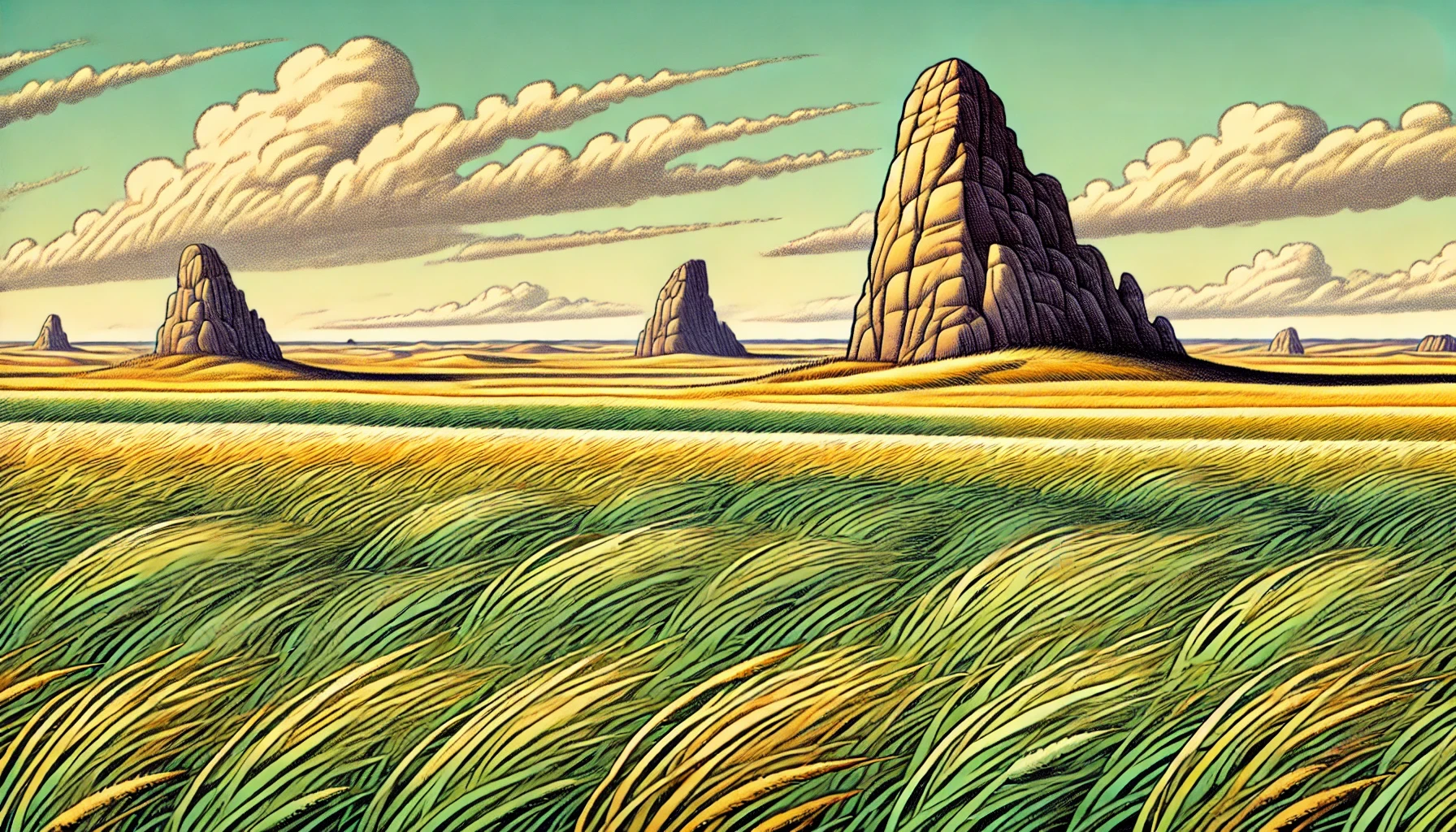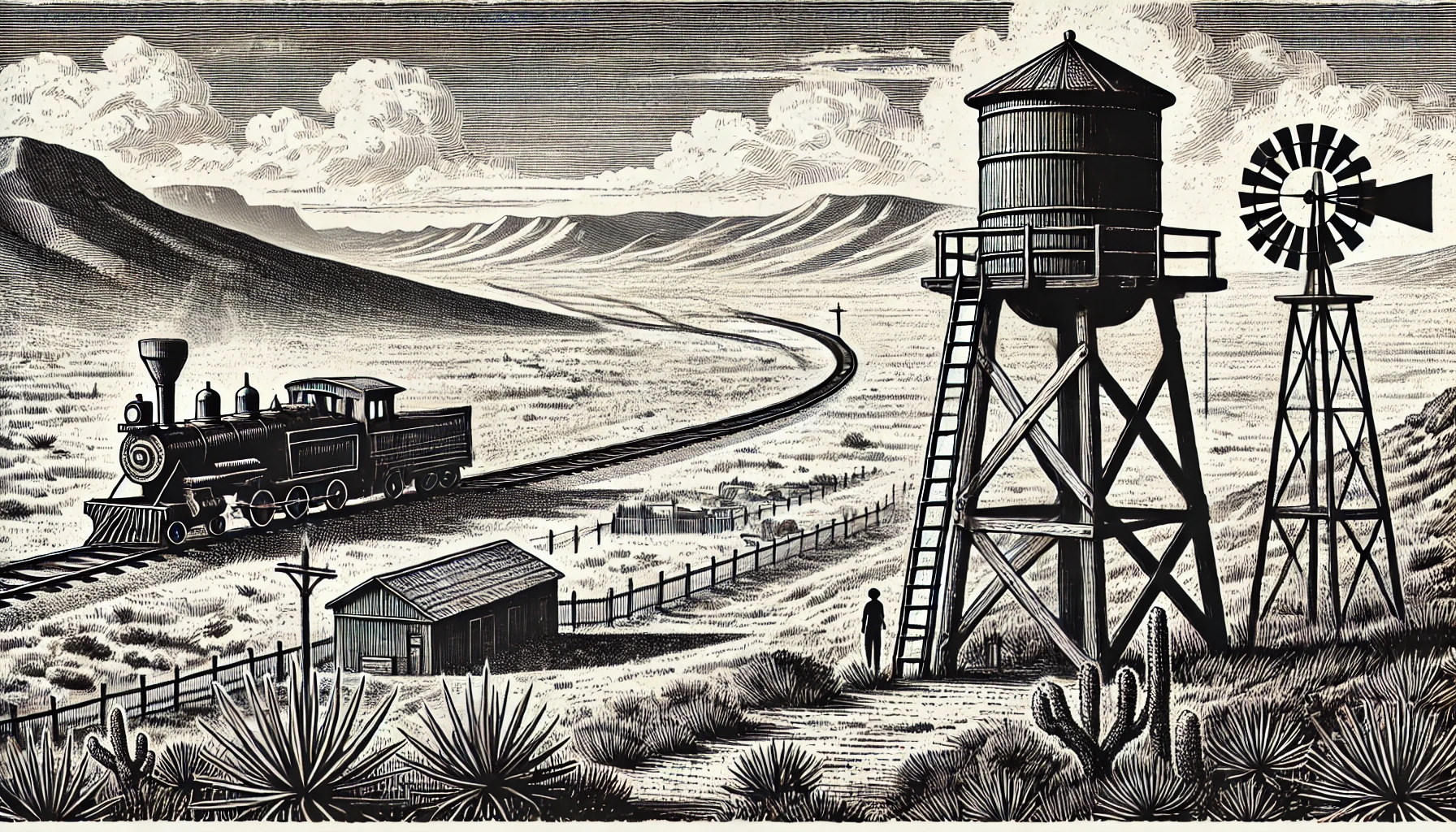Traveling Through Nebraska: Platte River Ecosystems

The Platte River, located in the Midwestern United States, stretches for approximately 310 miles through the state of Nebraska, before merging with the Missouri River near the city of Omaha. As a vital component of the region's ecosystem, the Platte River supports a diverse range of plant and animal species, many of which are found nowhere else in the world. The river's ecosystem is intricately linked with the surrounding landscape, which includes vast prairies, wetlands, and forests.
One of the most notable features of the Platte River ecosystem is its role as a critical stopover point for migratory bird species. The river's shallow waters and adjacent wetlands provide a vital source of food and shelter for millions of birds, including sandhill cranes, ducks, and geese. In fact, the Rowe Audubon Sanctuary, located near the town of Kearney, is one of the most important stopover points for sandhill cranes in the world, with over 500,000 birds passing through each spring.
In addition to its importance as a stopover point for birds, the Platte River ecosystem also supports a wide range of fish species, including the endangered pallid sturgeon and the rare lake sturgeon. The river's fish populations are closely tied to the health of the river's habitat, which is influenced by factors such as water quality, sedimentation, and flow rates. Efforts to protect and restore the river's habitat, such as the Platte River Recovery Implementation Program, have been implemented to help preserve the river's fish populations.
The Platte River ecosystem is also home to a diverse range of plant species, including cottonwood and willow trees, which line the river's banks and provide critical habitat for a variety of animals. The river's riparian zones, which include areas of land adjacent to the river, are particularly important for maintaining water quality and regulating the flow of sediment. In addition, the river's floodplain, which includes areas adjacent to the river that are subject to periodic flooding, is an important component of the ecosystem, providing critical habitat for a variety of plant and animal species.
Despite its importance, the Platte River ecosystem is facing a number of challenges, including habitat degradation, pollution, and the impacts of climate change. For example, the construction of dams and other water infrastructure has altered the river's natural flow patterns, disrupting the habitats of many plant and animal species. In addition, the introduction of non-native species, such as the zebra mussel, has had a significant impact on the river's ecosystem, disrupting the food chain and altering the river's chemical composition.
To address these challenges, a variety of conservation efforts have been implemented to protect and restore the Platte River ecosystem. For example, the U.S. Fish and Wildlife Service has implemented a number of conservation measures, including the creation of artificial nesting sites for endangered species, such as the piping plover. In addition, organizations such as the Nature Conservancy and the Platte River Whooping Crane and Sandhill Crane Management Team are working to protect and restore the river's habitat, through efforts such as wetland restoration and habitat creation.
In conclusion, the Platte River ecosystem is a complex and diverse ecosystem that supports a wide range of plant and animal species, many of which are found nowhere else in the world. Efforts to protect and restore the ecosystem, through conservation measures such as habitat creation and species management, are critical to preserving the health and integrity of the Platte River ecosystem.
One of the most notable features of the Platte River ecosystem is its role as a critical stopover point for migratory bird species. The river's shallow waters and adjacent wetlands provide a vital source of food and shelter for millions of birds, including sandhill cranes, ducks, and geese. In fact, the Rowe Audubon Sanctuary, located near the town of Kearney, is one of the most important stopover points for sandhill cranes in the world, with over 500,000 birds passing through each spring.
In addition to its importance as a stopover point for birds, the Platte River ecosystem also supports a wide range of fish species, including the endangered pallid sturgeon and the rare lake sturgeon. The river's fish populations are closely tied to the health of the river's habitat, which is influenced by factors such as water quality, sedimentation, and flow rates. Efforts to protect and restore the river's habitat, such as the Platte River Recovery Implementation Program, have been implemented to help preserve the river's fish populations.
The Platte River ecosystem is also home to a diverse range of plant species, including cottonwood and willow trees, which line the river's banks and provide critical habitat for a variety of animals. The river's riparian zones, which include areas of land adjacent to the river, are particularly important for maintaining water quality and regulating the flow of sediment. In addition, the river's floodplain, which includes areas adjacent to the river that are subject to periodic flooding, is an important component of the ecosystem, providing critical habitat for a variety of plant and animal species.
Despite its importance, the Platte River ecosystem is facing a number of challenges, including habitat degradation, pollution, and the impacts of climate change. For example, the construction of dams and other water infrastructure has altered the river's natural flow patterns, disrupting the habitats of many plant and animal species. In addition, the introduction of non-native species, such as the zebra mussel, has had a significant impact on the river's ecosystem, disrupting the food chain and altering the river's chemical composition.
To address these challenges, a variety of conservation efforts have been implemented to protect and restore the Platte River ecosystem. For example, the U.S. Fish and Wildlife Service has implemented a number of conservation measures, including the creation of artificial nesting sites for endangered species, such as the piping plover. In addition, organizations such as the Nature Conservancy and the Platte River Whooping Crane and Sandhill Crane Management Team are working to protect and restore the river's habitat, through efforts such as wetland restoration and habitat creation.
In conclusion, the Platte River ecosystem is a complex and diverse ecosystem that supports a wide range of plant and animal species, many of which are found nowhere else in the world. Efforts to protect and restore the ecosystem, through conservation measures such as habitat creation and species management, are critical to preserving the health and integrity of the Platte River ecosystem.
